When you envision your home with a new, attractive landscape, you’re probably picturing a perfect landscape that will remain undeterred throughout the year, regardless of the season. However, creating and maintaining a landscape that stands the test of the harshest seasons of the year requires adequate planning and expert design execution.
Whether you live in a particularly cold or hot climate, you need to partner early with design experts to achieve the best landscaping outcomes for your space. Here are a few effective tips on how you can achieve a landscape that thrives in all seasons.
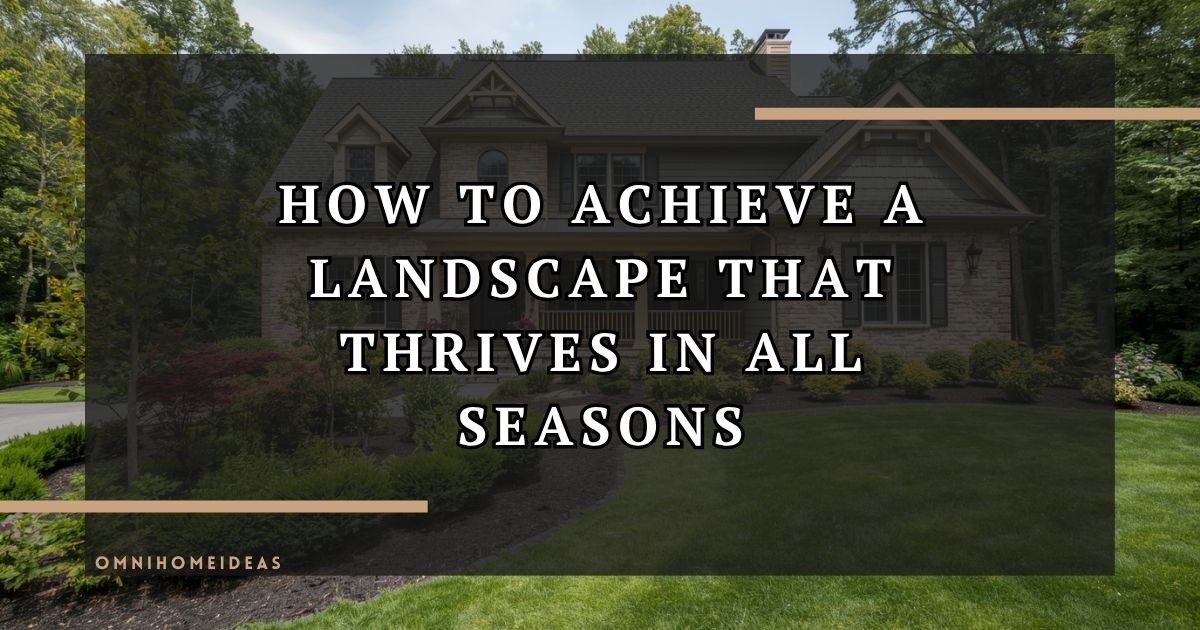
Plan Effectively
Your success at designing a landscape that thrives in all seasons mainly depends on your planning efforts. The best approach is to work closely with your design team for the right landscape design inspiration and execution strategies. Your plan should account for the different weather extremes, such as hot sun, strong winds, and excessive rain, to ensure you’re comfortable outside throughout the different seasons.
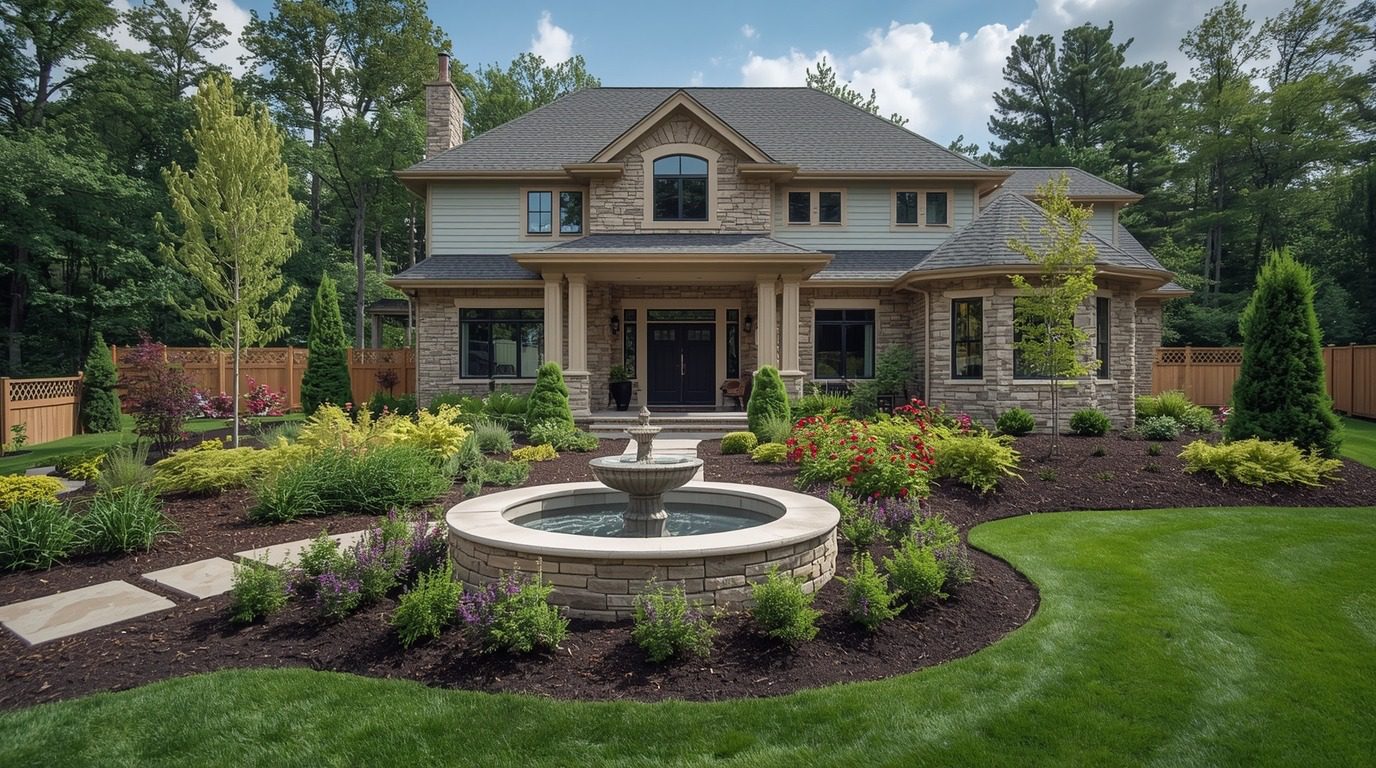
Sometimes it’s not always just about the weather but also about the topographical alignment of your space. For instance, some sections of your yard might accumulate more water, making them wetter than the rest of your yard. Other sections might be more exposed to the sun than others, putting some outdoor features at risk of quick deterioration.
Your design team will have to factor in all these situations when planning and designing your space to achieve a cohesive, functional outdoor space. They can suggest soil amendment, drainage for redirecting runoff, or creating a rain garden to curb the drainage problem. For the excessively exposed spaces, you can plant trees that grow fast, or install roofed pergolas or shades to protect vulnerable features.
Use Hardscape Elements Wisely
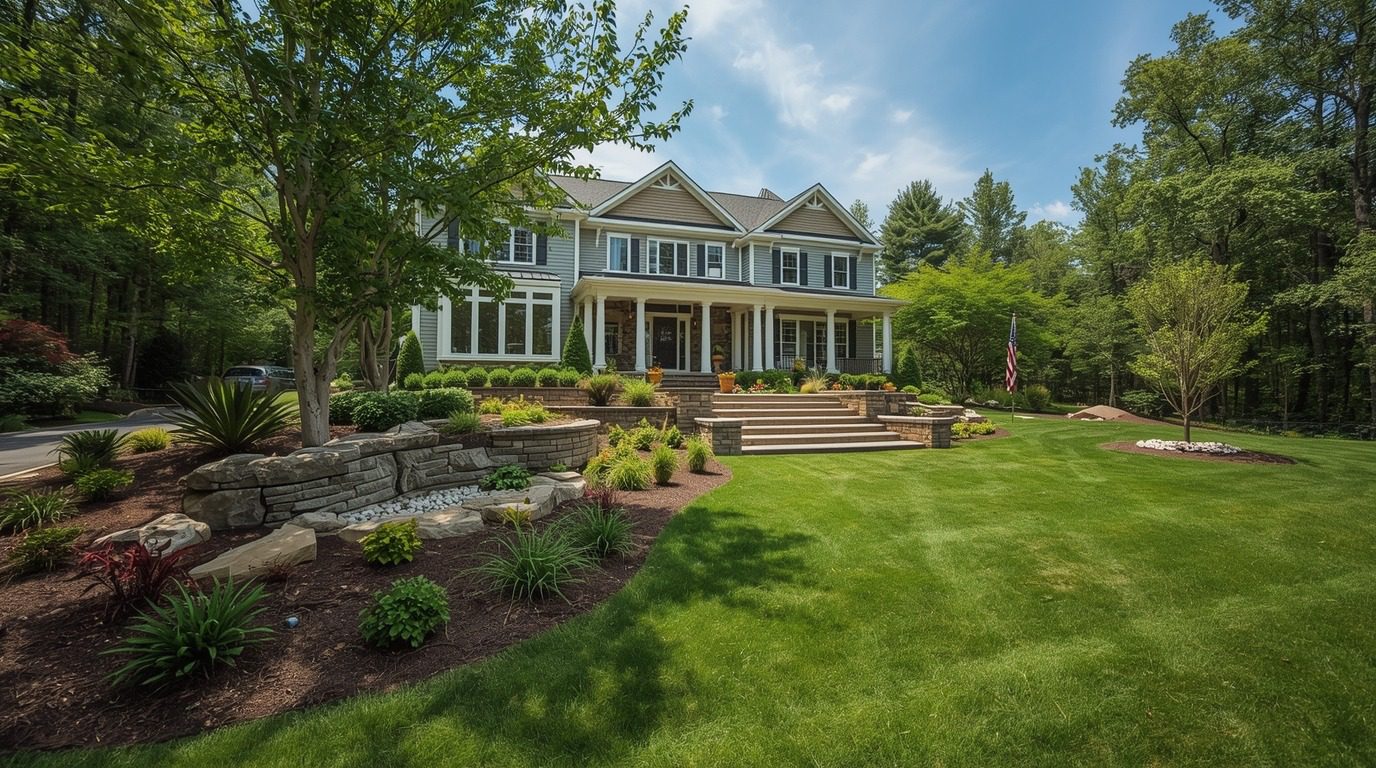
Hardscape elements can be over- or under-utilized in many instances, especially when homeowners fail to take time to study their yards before hardscaping. In homes where plants dominate a space, it’s easy for homeowners to under-utilize hardscape elements by focusing only on exposed areas. On the other hand, homes with barely any vegetation cover end up with more hardscaping elements than is recommended.
It’s important to strike a balance between hardscape elements and other landscape features to achieve optimal functionality and aesthetics. Think of hardscape elements such as patios, retaining walls, walkways, and water features that can boost your space’s cohesiveness and visual appeal. Work with landscaping experts to help you choose the right hardscape elements that are most likely to perform well in all seasons and complement the surrounding natural environment.
Invest in All-Seasons Furniture
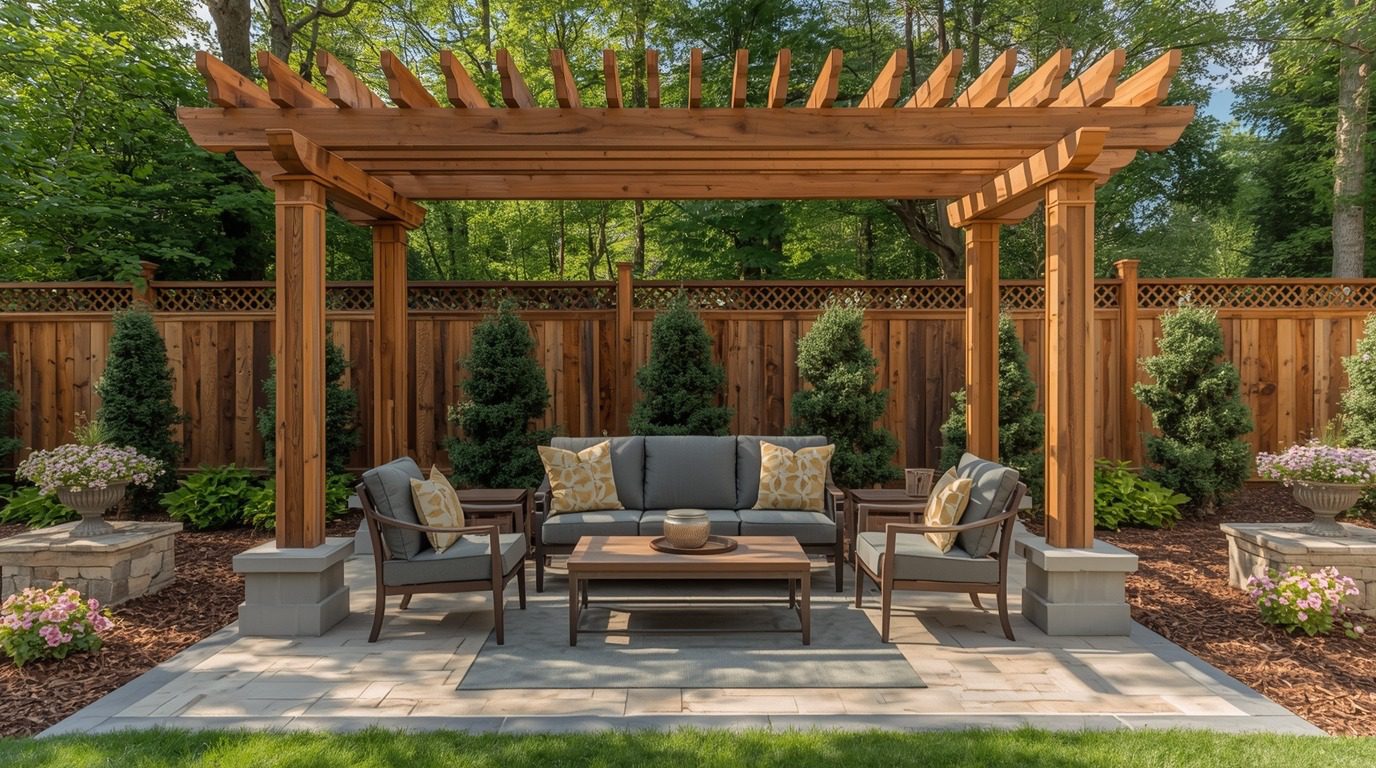
A functional landscape incorporates relaxation features such as pergolas and patios that need comfortable furniture to complement their purpose. When investing in outdoor furniture, choose durable and sustainable options that can easily withstand the harsh elements. Depending on what you want to use the furniture for, you can choose from a wide range of materials and furniture designs.
For instance, aluminum, PVC, or plastic furniture is lightweight, rustproof, and inexpensive, ideal for flexible setups between events and functions. You can also easily wash them with water and soap in case they get dirty. On the other hand, if you need a sturdy and more comfortable experience, a cedar loveseat is a perfect choice to consider. It offers the same experience you enjoy with your indoor furniture, only that it’s more sturdy and durable to handle the challenges of the elements.
Create a Year-Round Plant-Care Routine
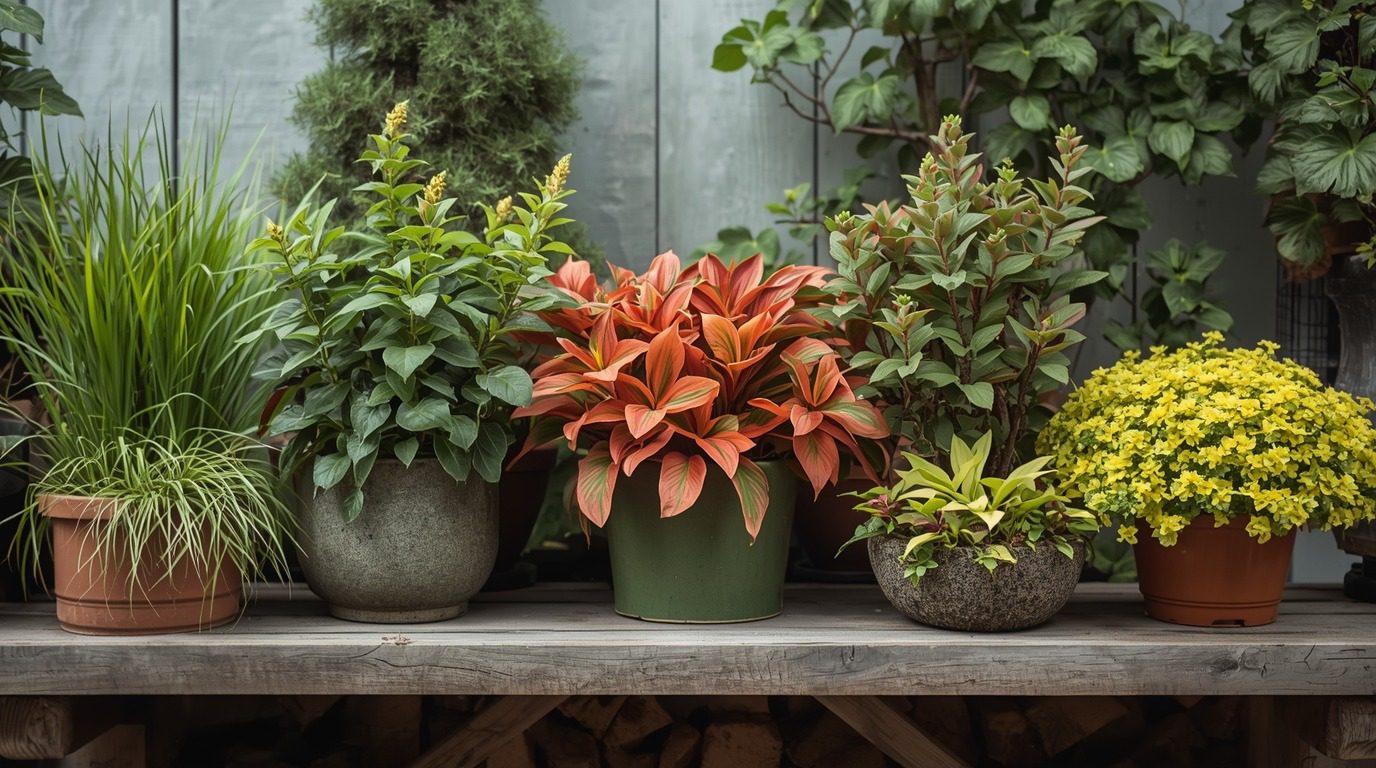
If you’ve already picked the best plants for your yard based on their performance in your local weather, it’s time to create a year-round plant-care routine. You need to know what care should be administered for the different plant species in each season.
Some plants may require more attention in a given season than others, so you have to understand this and adjust your routines accordingly. Effective plant care is crucial for ensuring your plants enter the next season seamlessly with minimal health struggles. Some of the top plant-care routines you should consider include:
- Winter protection: Protect young or weak plants from strong winter winds and storms using protective covers or burlap to ensure they survive into the next season.
- Mulching: Adding fresh mulch around plants in spring offers the needed insulation to maintain at least the minimum moisture level for plant survival.
- Clean-Ups: During the fall season, regular clean-ups are crucial for ensuring optimal plant growth during the season. You need to clear off the tree branches, leaves, and trim off dead or damaged branches to protect the plants from pest infestation and diseases.
If you are trying out new plants in your yard, it’s also important to constantly monitor their progress and learn the best care routine for them throughout the four seasons. Once you’ve discovered the right care routine for your new plants, you can replicate it in future seasons.
Building a landscape that thrives in all seasons is an art of balancing between plants, hardscape and a few other landscaping elements. These four tips should help you create a functional and appealing landscape that stands the test of harsh weather elements.

